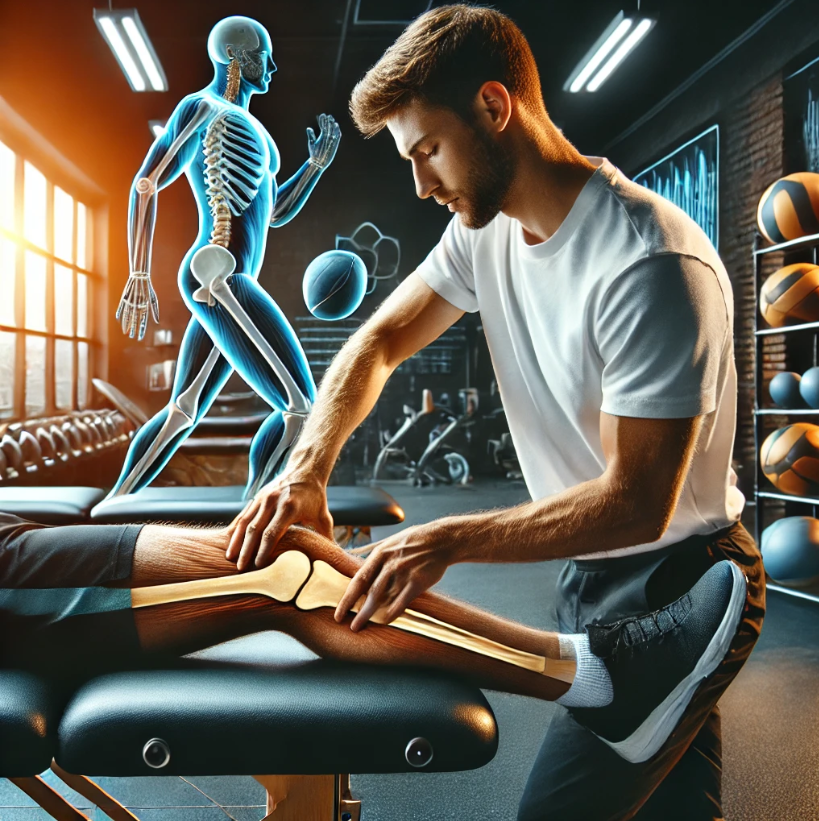Sports injuries are a common issue for athletes across all levels, from the weekend warrior to the professional competitor. Injuries like sprains, strains, and muscle tears can not only sideline athletes but also significantly impact their performance and physical health. Therapeutic massage has emerged as a critical component in the recovery and rehabilitation process for sports injuries, offering both physical and psychological benefits. This blog post explores how massage therapy aids in the recovery of common sports injuries and how it can be integrated into an athlete’s overall rehabilitation plan.
Understanding Sports Injuries
Sports injuries typically occur during physical activity and can range from acute injuries, such as ankle sprains and hamstring strains, to overuse injuries, like tendinitis and stress fractures. These injuries can result from poor training practices, improper equipment, lack of conditioning, or insufficient warm-up and stretching.
Role of Massage in Sports Injury Recovery
Alleviating Pain: Through various techniques, such as trigger point therapy and Swedish massage, therapeutic massage can directly address the pain associated with sports injuries. It works by releasing endorphins (natural pain relievers) and reducing the muscle tension that often contributes to discomfort and pain.
Promoting Flexibility: Massage therapy works to elongate the muscle fibers, help maintain flexibility, and prevent the formation of adhesions. Adhesions are bands of rigid tissue that can cause pain and inflammation and can result in a decrease in muscle elasticity.
Enhancing Range of Motion: By relaxing and stretching muscles, and releasing tension in the fascia, massage can improve range of motion and overall joint flexibility. This is crucial for athletes looking to return to their pre-injury level of activity.
Decreasing Scar Tissue Formation: Therapeutic massage helps organize the formation of new scar tissue and can reduce the buildup of existing scar tissue. Regular massage can improve the elasticity and alignment of new scar fibers, aiding in a more functional and pain-free healing process.
Speeding Up Recovery Time: By improving circulation and lymphatic drainage, massage can accelerate the body’s natural healing processes, reducing recovery time. Enhanced blood flow ensures that muscle repairs and regenerative processes happen more rapidly.
Psychological Benefits: Sports injuries can often lead to frustration, depression, and anxiety about performance and recovery times. Massage therapy has been shown to reduce stress and anxiety, improve mood, and enhance mental resilience, which is vital for athletes coping with injuries.
Integrating Massage into a Sports Rehabilitation Program
To effectively incorporate massage into a sports injury recovery plan, consider the following steps:
Regular Sessions: Depending on the severity of the injury, regular massage sessions can be beneficial. The frequency of these sessions should be determined in consultation with your healthcare provider.
Tailored Techniques: Different sports injuries require different massage techniques. A skilled massage therapist will be able to tailor their approach to target your specific injury, whether it’s a muscle strain, joint pain, or ligament sprain.

Massage therapy is a valuable tool in the recovery from sports injuries, offering benefits that extend beyond simple relaxation. By incorporating therapeutic massage into their rehabilitation programs, athletes can enjoy faster recovery times, reduced pain, and better overall performance once they return to their sport.
